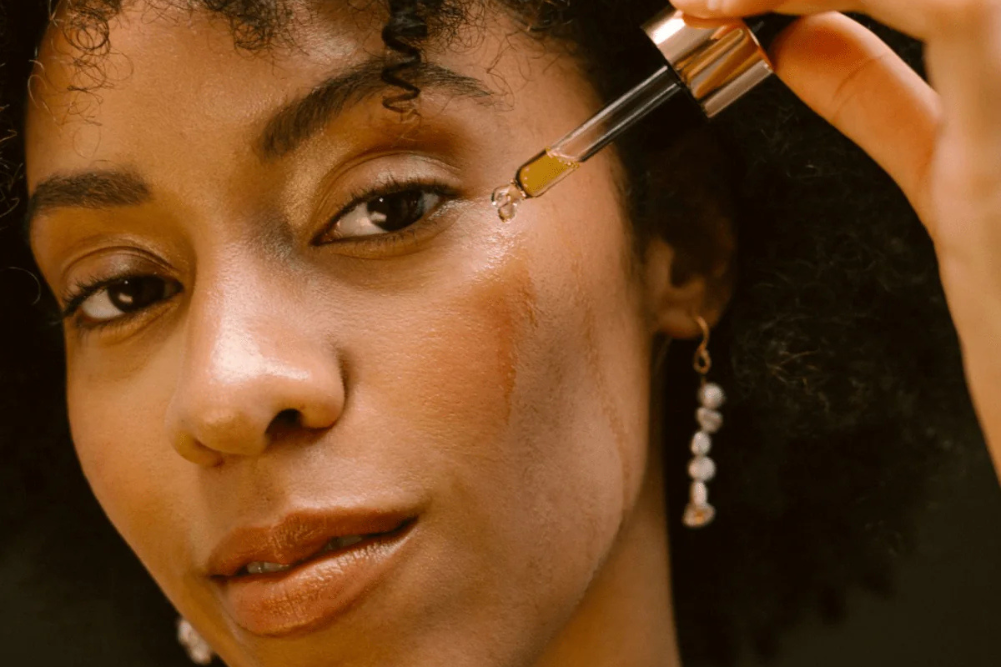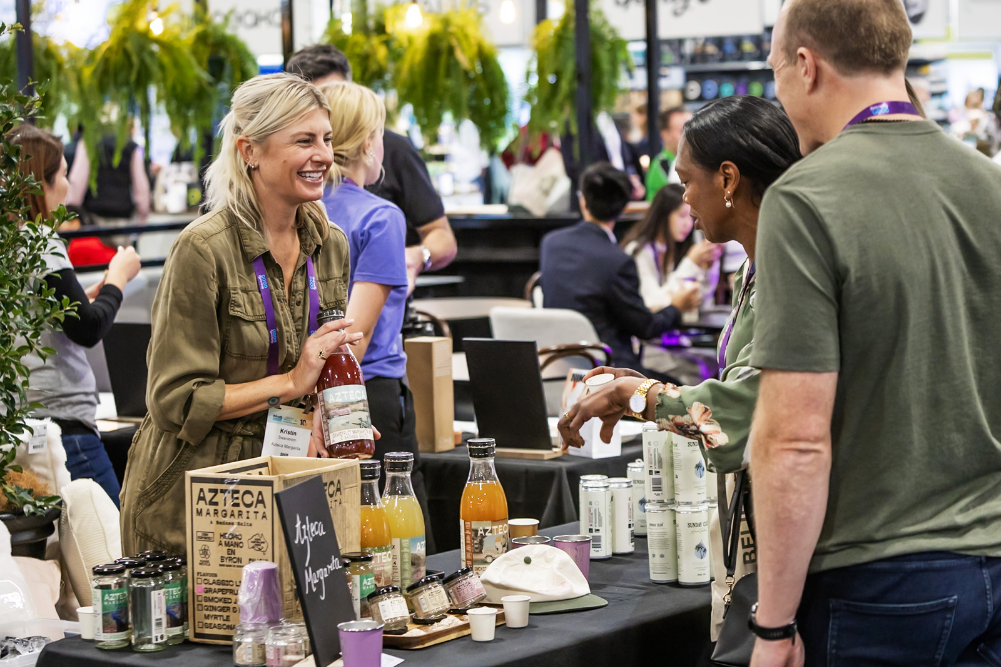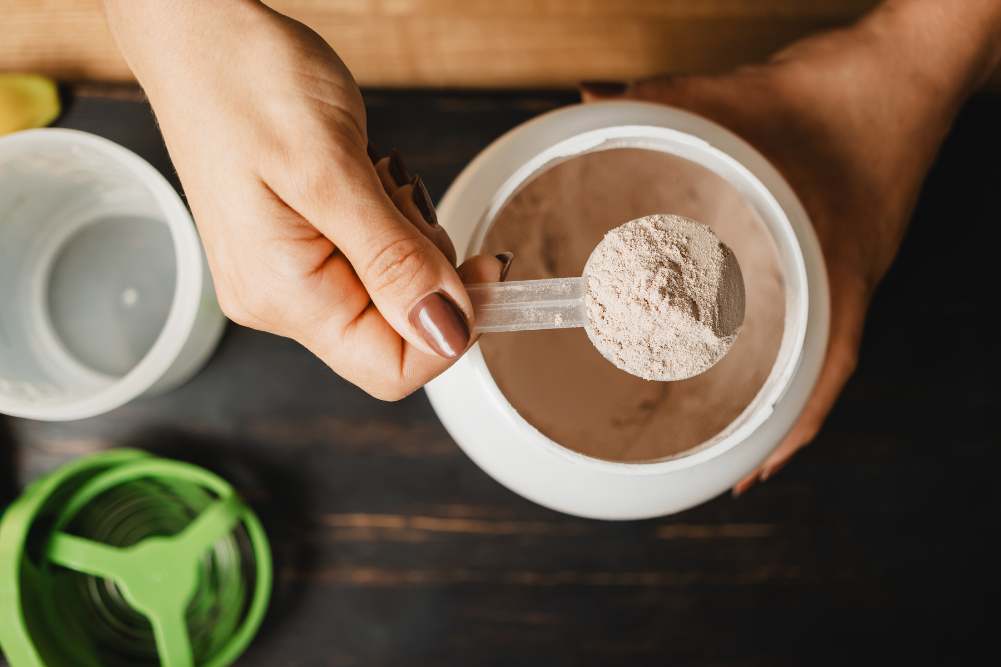Yoga for friendship
Friendships are just as important as the food we eat or how much exercise we do. Some studies have even shown that friendships can extend your life. But like all things, including food and exercise, friendships can be nourishing and nutritious, or they can be unhealthy and toxic. Fortunately, yoga can offer many tools to help navigate the path of creating lifelong friendships.
Friendship for svadhyaya
Good friends are like balm for the soul. They act as a mirror, reflecting back our habits, patterns and tendencies. They provide support when we need it, a sounding board to make sense of our thoughts and create a sense of belonging. They challenge us to see different perspectives and teach us how to love unconditionally. But most importantly, they offer us the opportunity to learn more about ourselves and highlight those parts we can work on and grow.
Svadhyaya, or self-study and study of the self, is considered one of the primary yoga practices by Patanjali as one of the niyamas, or observances. The world provides us with so many different experiences, places, people and things so we can better understand ourselves. Self-study is one of the tangible practices for us to discover who and what we really are. By staying awake and being conscious of how we interact in our friendships, we have the opportunity to deepen our yoga practice and get closer to our true nature.
Patanjali’s four keys of friendship
In Yoga Sutra 1:33, Patanjali gives us the four keys to maintaining the well-being of our minds. Simply observing how these keys play out with our friends is a very powerful way to identify where we are stuck, in balance or have work to do.
Friendliness to those who are happy
The first one invites us to feel friendliness towards those who are happy. In theory, I’m sure we all feel that it’s easy to share our friends’ joy when they are content. But what about when things aren’t going so great for us? Or we don’t feel that their happiness is warranted? Maybe they didn’t earn it, didn’t work hard enough for it, or it came too easy? Sometimes an inability to be glad for our friend’s good fortune reveals jealousy or judgement towards someone we actually love. Unwrapping that jealousy may reveal we have a desire for something that we ourselves are not acknowledging. Maybe we work too hard or aren’t grateful for what we already have. Is there a fear that if our friend is blissful, somehow there won’t be enough bliss for us too? Instead of resistance to their joy, can we put energy into building more trust that there will always be enough for everyone, including us? That nothing that is meant for us will ever pass us by? But if it’s not meant for us, then it surely will.
It doesn’t mean we are bad people when it’s hard to feel pleasure for a friend at the moment. Sometimes there is a real reason. I think of friends who have spent years trying to get pregnant, perhaps pursuing the long, challenging, gut-wrenching IVF path to no avail — only to discover their best mate, who just met someone online, falls pregnant very quickly, not even ready to be a parent. On one level, there may be gladness for their friend, but on another, there’s a real sadness and frustration in their own situation that is not helpful in bypassing. Grief lives in all of us, and it can get in the way of feeling enjoyment not just for friends, but for many things. It’s not that we push those feelings away; rather, the practice is to identify whose happiness we find it hard to rejoice in and when. This curiosity may uncover all sorts of valuable self-knowledge. Hopefully, there is some tangible work to be done so we can harness more happiness for ourselves and others, living a more joyful life.
Compassion for those who are sad
The second key is to be compassionate towards those who are sad. Now, we may think it’s easy to be nice to our sad friends, right? But what about the ones who are always miserable? No matter how many coffees we have with them, all the precious hours of our lives are wasted on giving them advice about how to fix their life. We’ve told them what to do. Many times. But do they listen? No. Or maybe we think they don’t have a reason to be unhappy. From our perspective, their lives are great, perhaps better than ours, and still, it’s never enough. When something blocks our ability to be compassionate, it’s a great indication we have some work to do. We want to do everything in our power to unblock it so we can be kinder, more generous, and present friends. As we peel back the layers of our resistance and seek to understand, hopefully, some self-knowledge arises. Maybe there’s a fear of drowning in their sadness, so we back away. In that case, how do we learn to sit with someone else’s wretchedness without losing ourselves in it? Sometimes self-knowledge is when a boundary needs to be set with someone. If we leave every interaction with a particular unhappy friend feeling empty or depleted, they may be an energy vampire, and the practice may be showing compassion for both you and them by re-establishing boundaries. In any case, compassion will always be the key that unlocks every heart in friendship.
Delight for the virtuous
The third key is feeling delighted for the virtuous. When we see friends doing good in the world or further along the spiritual path than we are, can we feel glad for them? If not, why not? Does it motivate us to be doing more, live with more integrity or take actions more in line with our morals? Friends who are stronger, more peaceful and kinder should make us feel inspired, not “less than”. They show us it’s possible to get there and encourage us to move to a place of goodness.
Neutrality for the wicked
The final key is practising equanimity towards those we perceive as being wicked or doing “bad” things. Often this is the most challenging to work with. When our friends do something we perceive as bad, it’s natural for the mind to get unsettled. Often we go into judgement and aversion. The first thing to remember is that we all see the world through our unique lens, so what I perceive as evil or wrong, you may well perceive as completely OK. There are a few key things that most of us would all agree could be considered “bad”, but outside of that, it’s subjective. If perhaps we think our friend is living in vice, maybe despite our efforts to help them or offer support, yoga is finding neutrality in our thoughts towards them. Rather than judge or criticise, we seek to understand or use compassion again to build a bridge — not necessarily to comprehend and condone their choices and actions, but to keep a steady mind, so we can always take action ourselves from a calm, steady pace. In learning what it is that prevents us from feeling neutrality in that moment, we see our own darkness arise. I know judgement is a huge obstacle for me, so I consistently work at accepting my friends completely.
Selfless service
Seva, or selfless service, is one of the primary practices of yoga. But from the perspective of friendship, how often do we give our friends something without subconsciously expecting something in return? The thing is, sometimes friends let us down. They are not there when we need them most, for all kinds of reasons. Expectations can kill the strongest lifelong bond. Learning to be genuinely in service to friends with no expectation of anything in return is a powerful practice and very difficult to do. There is so much to learn simply from being in service to another, especially a friend in need. For the yogi, the more we see our friends as purely another way to practise selfless service, to be more generous, kind and loving, the closer to
a state of yoga we travel.
The kleshas
In order to obtain a state of yoga, Patanjali suggests we work with the kleshas in our friendships or afflictions. These kleshas are:
Asserting the ego and wanting to be right
Avidya — our misunderstanding that we are just this body and mind — means that we get very attached to our physical self, our personality. Therefore we attach to our ego (asmita) and find ourselves asserting who we think we are to our friends. We notice the ego arise in our judgements of them or in needing to be right. If the choice is to be right or curious, choosing curiosity will keep you open to your friend’s perspectives and views of the world. We may not always agree with them, but we may expand our own understanding by staying interested rather than dogmatic.
Friendship and attachment
Because we attach to our ego and personality selves, we then spend our lives moving towards the friends we love and away from those we have an aversion to. There’s nothing wrong with liking some friends more than others; it’s natural to love and have preferences. The problem lies in how attached we get to those friendships, especially if we are surrounding ourselves with people who don’t question us or challenge us to be and do better in the world. The reality of life is that we will lose people. Some friends are there for a short time, and some for a lifetime. Appreciating them for all they taught you and brought to your life, without attachment, liberates them and you. The only constant, according to yoga, is change. And so understanding that relationships are living, breathing things is part of accepting reality.
Aversion
When we have an aversion to someone, it’s a part of us trying to get distance from them. When a friend triggers us, or we feel resistance to them, it’s our job to discern why. Maybe they are dangerous or energy vampires, and our intuition is right. Maybe they have a perspective or opinion we don’t agree with, and so the work may be to see their many layers and open our minds to seeing things in a different way. Maybe we are being triggered so we can resolve something within us. Perhaps they are displaying characteristics that we are repulsed by because, on some level, they are part of our make-up, and we do the same thing in some way. What we recognise in them, we finally see and accept in ourselves with loving kindness and forgiveness.
Nourishing friendships that feed the soul
“Each friend represents a world in us, a world possibly not born until they arrive, and it is only by this meeting that a new world is born.” ~ Anaïs Nin
There is always the opportunity to understand our friends, and subsequently ourselves, better through the lens of friendship. In this way, we become more sattvic (balanced) in our views, like someone standing on top of the mountain with a 360-degree view of all perspectives. Suddenly we don’t just see what’s in our own little valley. We see the whole world, many worlds and beyond. We grow our capacity to show compassion, love and understanding. And we foster healthy, nourishing friendships that can feed our soul in a way no one and nothing else can.
Partner yoga sequence
Practising with a friend can be fun and nourishing and connect us physically, energetically and mentally. Grab a friend and get playful with this sequence.
Boat pose (Navasana)
Sit on your buttocks facing one another. Bend knees with feet together. Lift toes off the earth and feel the belly engage, extend the legs. Connect the feet and hands and sit tall. Take a few breaths.
Downward dog (Adho mukha svanasana)
On all fours, set wrists just in front of the shoulder line and hips over knees. Ground down through the knuckles and hug the outer arms in. Slide shoulders away from the ears, tuck toes, and extend legs and hips high to downward facing dog. Partner takes downward dog just in front, and then steps feet up to lower back of partner, or places hands on sacrum/lower back and walks feet back to a downward dog shape. Swap.
Wide-angled seated forward bend (Upavistha konasana)
Sit with a tall spine, extend the legs and set them about 90 degrees apart. Flex the feet, toes pointing straight up. Place feet against your partner’s ankles. Catch their hands or forearms. Pull them towards you, with the option to lean back and recline. Partner hinges forward from the hips, keeping the seat connected to the earth and the spine long. Take a few breaths and swap.
Seated forward fold (Paschimottanasana)
Sit back to back, pressing into one another as though leaning back on a wall. Flex toes back to the face, lifting the quadriceps up away from the knees. Press palms down into the earth, either side of the hips, to lengthen the spine. Keep this length; one partner folds forward, hinging from the hips. The other partner reclines. Take a few breaths and swap.
Goddess pose (Tarasana)
Still seated back to back, bend knees and take soles of feet together, knees out to the side. One partner folds forward while another partner reclines.
Take a few breaths and swap.
Seated twist
Cross legs. Sitting with a tall spine, twist to the right, taking your right hand to your partner’s left knee behind you. Take a few breaths and twist to the other side.
Assisted legs up the wall (Viparita karani)
Partner lying on their back, with legs up the wall, or sacrum on a block. If hamstrings need a bit of love, bend your knees, pick your buttocks up and slide a pillow or folded blanket under the pelvis or shuffle away from the wall a little. Palms face up. Partner can place a belt around the legs to keep them together, a blanket over the pelvis to the ground, and maybe one on the feet. They can also cover their eyes with an eye bag or towel. Sit behind their head and keep hands grounding shoulders or give a head/face massage. You can stay here for as long as it’s comfortable or set a timer for five minutes. To come out of the pose, one partner bends the knees and rolls over to one side, pausing for a few breaths, using hands under the head as a pillow. Swap.






Photography by Tessa Tran








